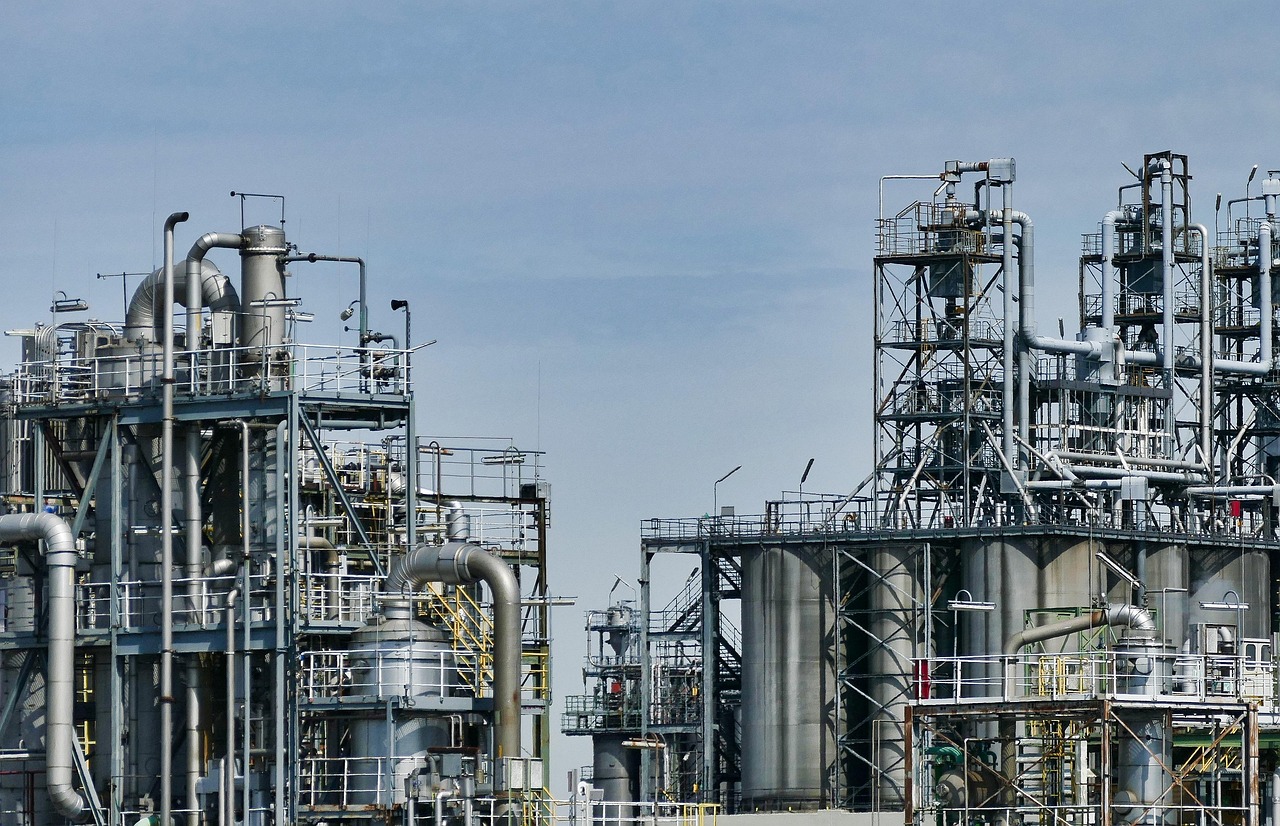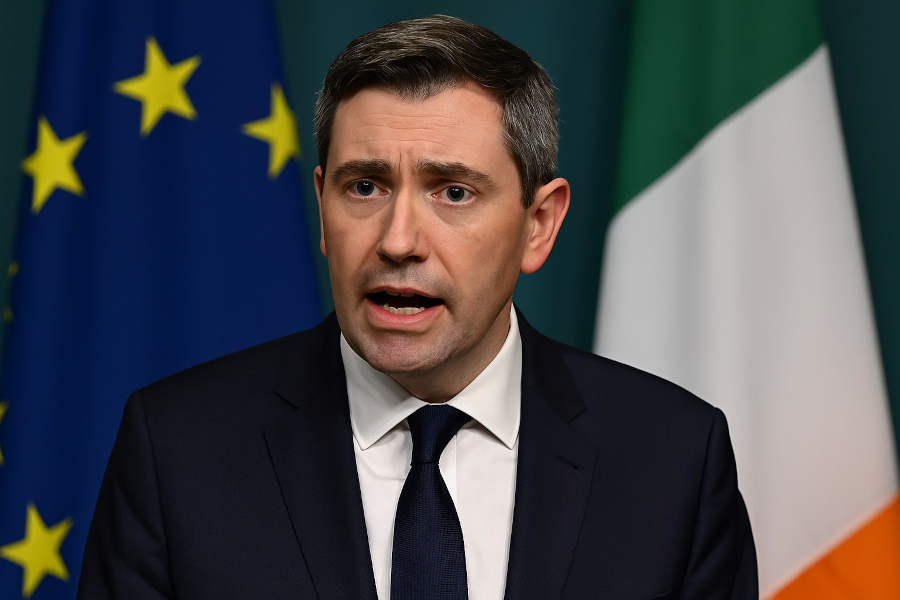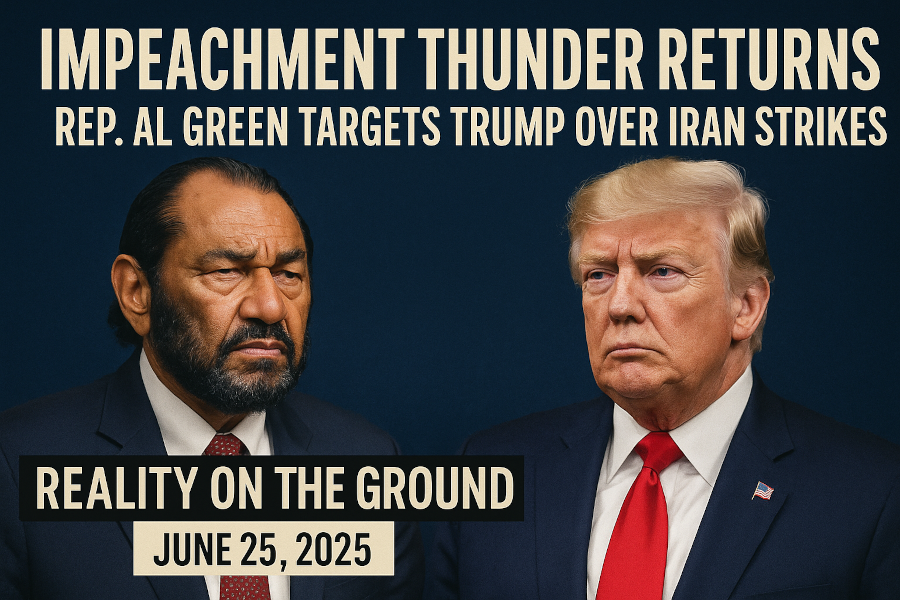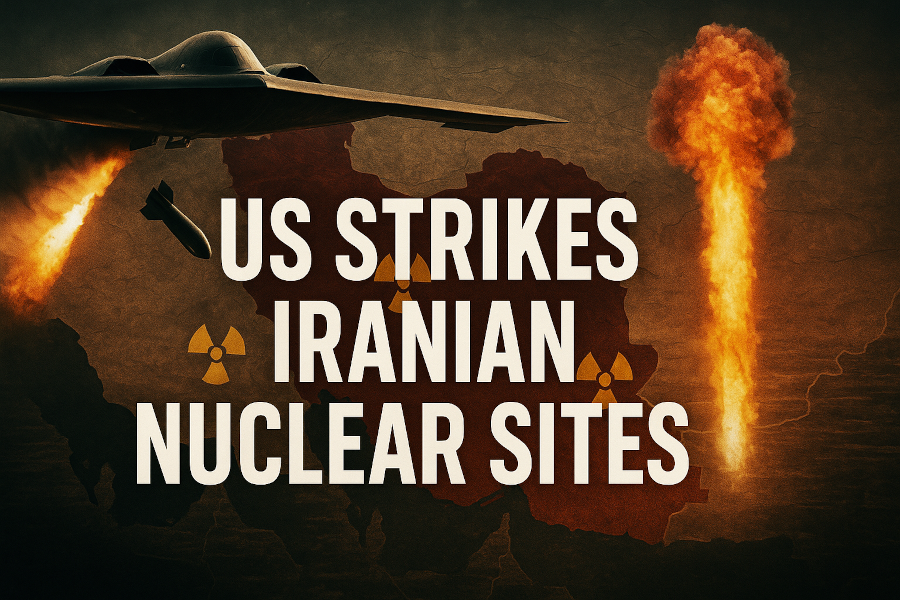By Manish Vaid, for Reality on the Ground
If you're wondering why fuel is suddenly more expensive again, don't just blame inflation or OPEC. Look east—toward the missiles flying between Iran and Israel.
The outbreak of open warfare between these two regional powers is doing more than shifting borders or destroying infrastructure. It’s breaking something far more universal: the illusion of stable global energy.
Two of the world’s most critical shipping chokepoints—the Strait of Hormuz and the Red Sea—are now conflict zones or adjacent to them. These aren’t just local headaches. They’re global arteries. And when they clog, the entire world economy wheezes.
Hormuz on Edge: A Barrel Away From Disaster
Nearly 20 million barrels of oil pass through the Strait of Hormuz every single day—almost one-fifth of global oil trade. And now, that narrow stretch of water is jittery. Radar jamming, navigation interference, and even collisions are the new normal.
On June 17, two tankers collided near the Strait. There was no spill—but there was fire, evacuation, and panic. And that’s all it takes. Just the idea of Hormuz closing can spike global oil prices. Real or imagined, the threat drives up costs.
Gulf-bound tankers now face skyrocketing war-risk insurance, and freight rates from the Arabian Gulf to Asia have surged more than 20%. The extra cost? $3 to $8 per barrel, just to cover risk.
Guess who pays that? You do.
Red Sea Detours: Delays and Dollars
Meanwhile, the Red Sea has become a slow-burn crisis of its own. Since 2023, Houthi rebels have turned the Bab al-Mandab strait into a danger zone. Major shipping companies are avoiding the Suez Canal, choosing instead the Cape of Good Hope—a detour that adds up to two extra weeks and enormous operational costs.
The ripple effects are brutal:
- Egypt’s canal revenues have collapsed, from $2.4 billion to $880 million.
- Ports in Africa are congested, supply chains are stretched, and delivery times are unreliable.
- War-risk insurance for a single oil tanker? Up to $1 million per trip.
All of this means one thing: your groceries, your fuel, your heating bills—they’re going up. And the conflict between Iran and Israel isn’t just a regional story anymore. It’s baked into your cost of living.
Security Isn’t Just Tanks and Missiles Anymore
This war has revealed a brutal truth: energy security is now geopolitical security. And it’s fragile.
So far, the Gulf powers have tried to keep the peace commercially. Saudi Arabia has offered to stabilize supply. The UAE and Iraq are calming investors. Even Iran hasn’t officially halted its exports. But this equilibrium is a tightrope, not a bridge.
One mistake—one Israeli strike too far, or one Iranian overreaction—and the tightrope snaps.
What the World Needs Now: Strategy Over Shock
It’s time for a new playbook. Not just bigger stockpiles or temporary fuel tax breaks—but actual international coordination:
- Secure sea lanes with better naval patrols and deconfliction protocols.
- Smarter maritime intelligence, tracking risks before they become disasters.
- New infrastructure, like pipelines and alternate trade routes through safer regions.
- Diplomacy, not just deterring escalation but preventing it before it starts.
Right now, the West is playing catch-up. The East is playing chess. And everyone else is paying the price at the pump.
This is not about ideology. It’s not about picking sides. It’s about economic survival.
If global shipping routes remain battlegrounds, we’re not just facing short-term oil price hikes—we’re staring down long-term energy instability.
So yes, say goodbye to cheap oil. And while you’re at it, send a thank-you card to Tehran and Tel Aviv.
This is Reality on the Ground.
If you found this reporting valuable, share it. Subscribe. And remember—when world leaders play with fire, everyday people pay for the flames.






